I'm sure the styling of the new McLaren Speedtail won't be to everyone's tastes, but having seen it up close, I can assure you it has a presence that can't fail to impress.
It’s huge, for one thing, stretching more than five metres; in fact, it's longer than the BMW X7. The long, sweeping eponymous Speedtail gives it a hint of mid-1970s Le Mans sportscars, mixed with the hyper-slippery lines of an ultra-efficient speed record machine (and, to my eyes, a hint of Jaguar XJ220). If you’re lucky enough to see one of the 106 examples that will be built on the road, you’ll notice it.
Three-seat McLaren Speedtail revealed with 250mph top speed
To achieve its lofty top speed, the car needed to produce minimal drag. To do that, McLaren’s design team dabbled in the art of marginal gains – a nip here and tuck there, following the approach of British Cycling.
“We didn’t just throw brute force at this car,” says designer Rob Melville. “We threw intellect, looking at how you can trim drag, like how you might tuck your elbows in while cycling.”
You notice that approach with details such as the fixed front wheel covers and the flexing carbonfibre ailerons at the rear of the car. But you also notice it with the way the Speedtail’s bodywork curves and bends.
By applying that logic to minimising drag, the Speedtail looks very different from the McLaren Senna, which, like a racing car, was designed for maximum downforce. And it also suit the car’s positioning as an ‘ultra-GT’ car.
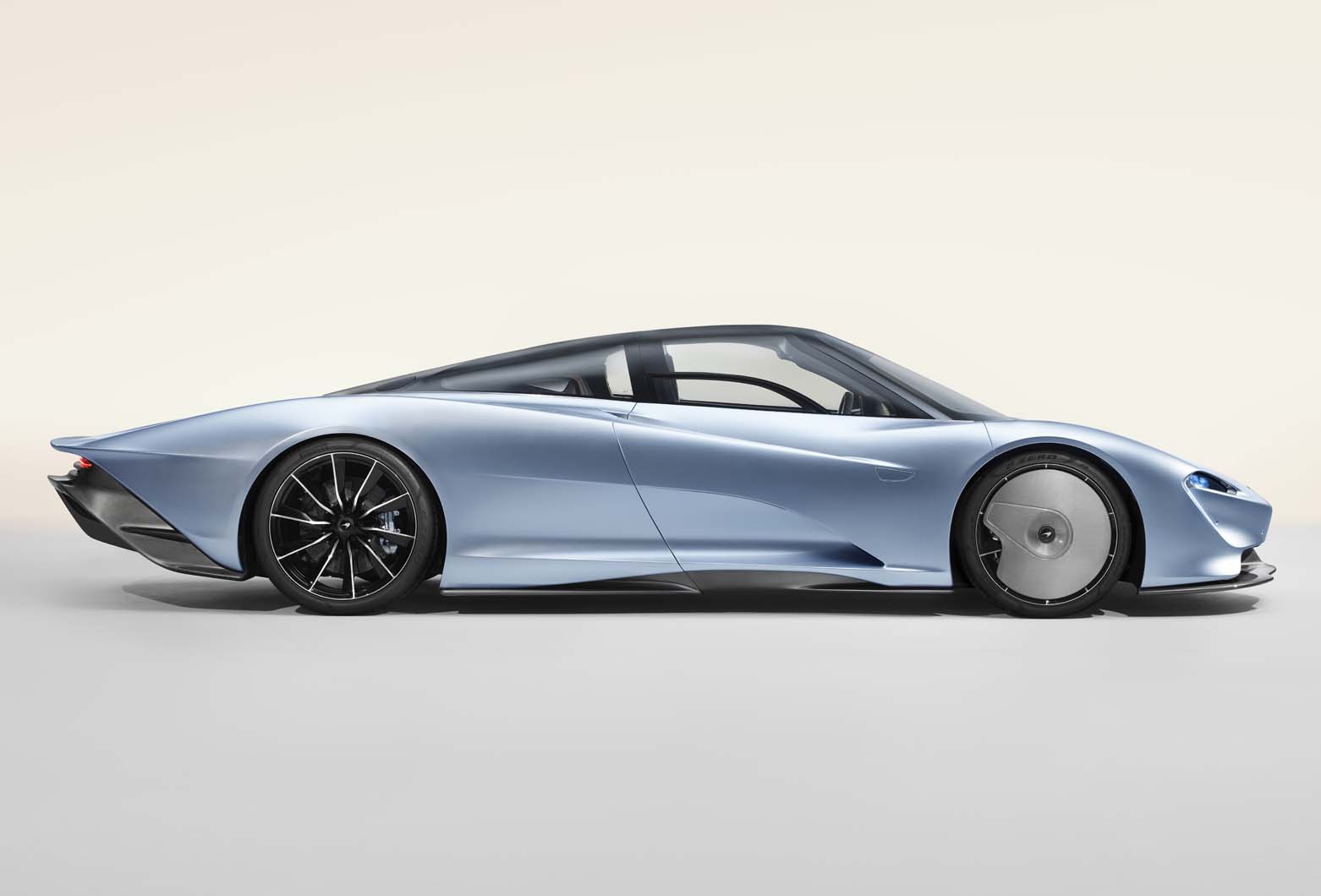


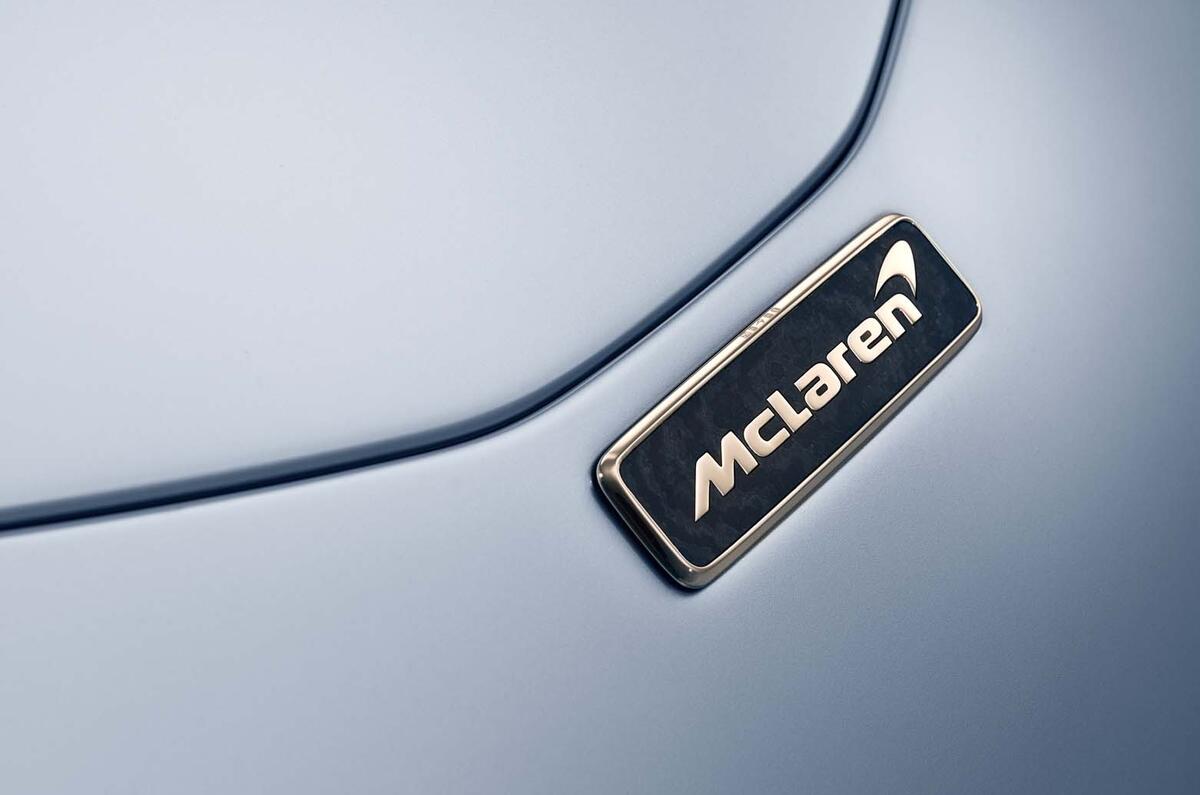
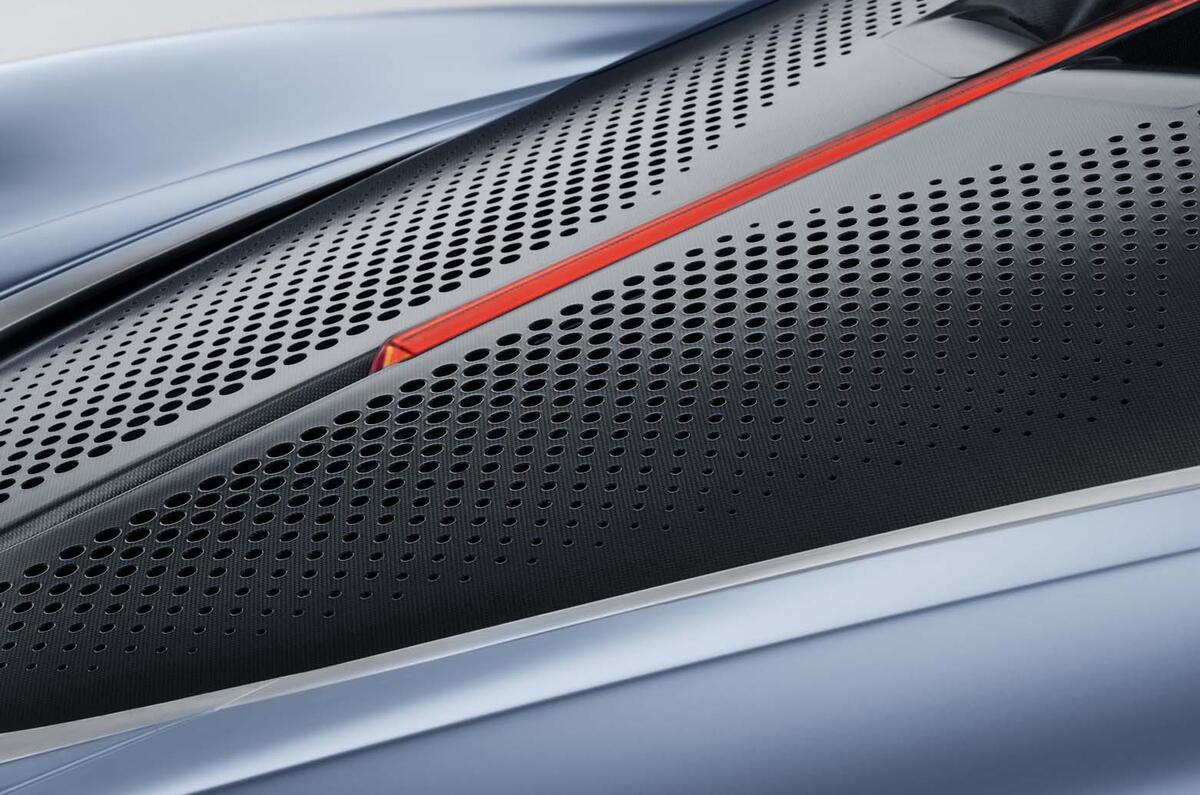

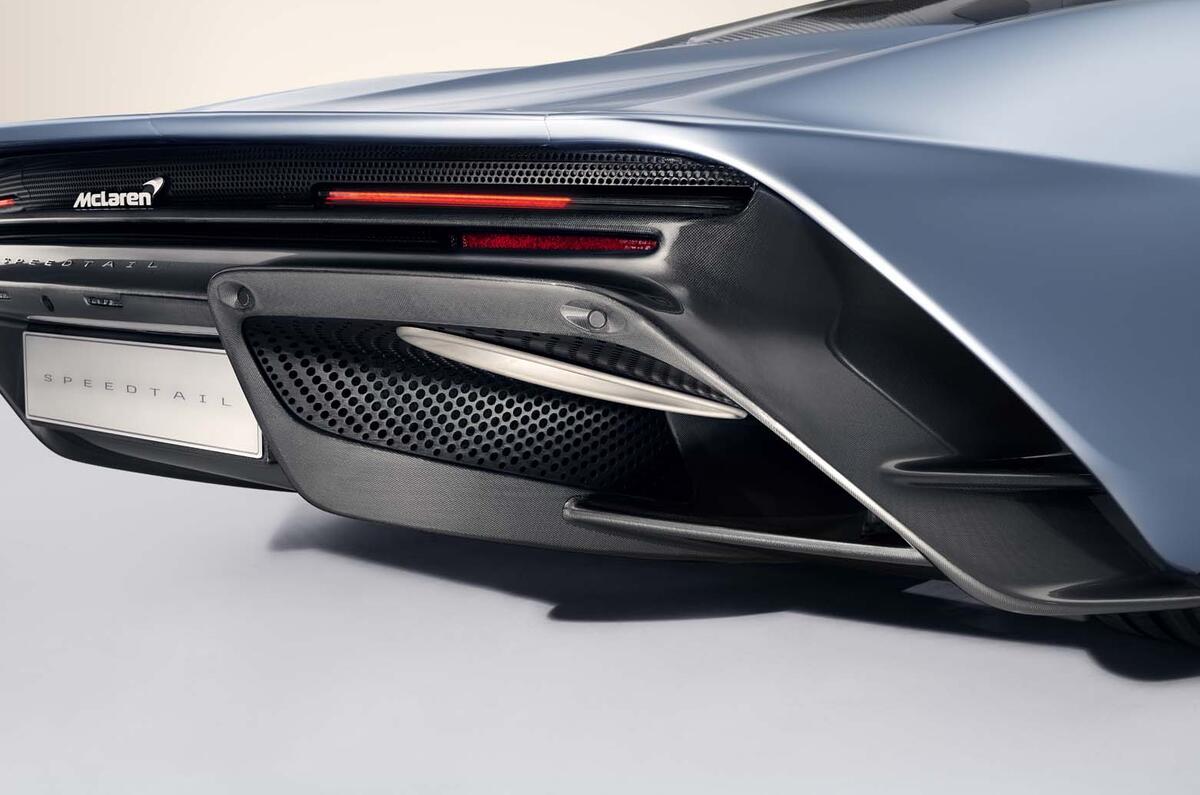
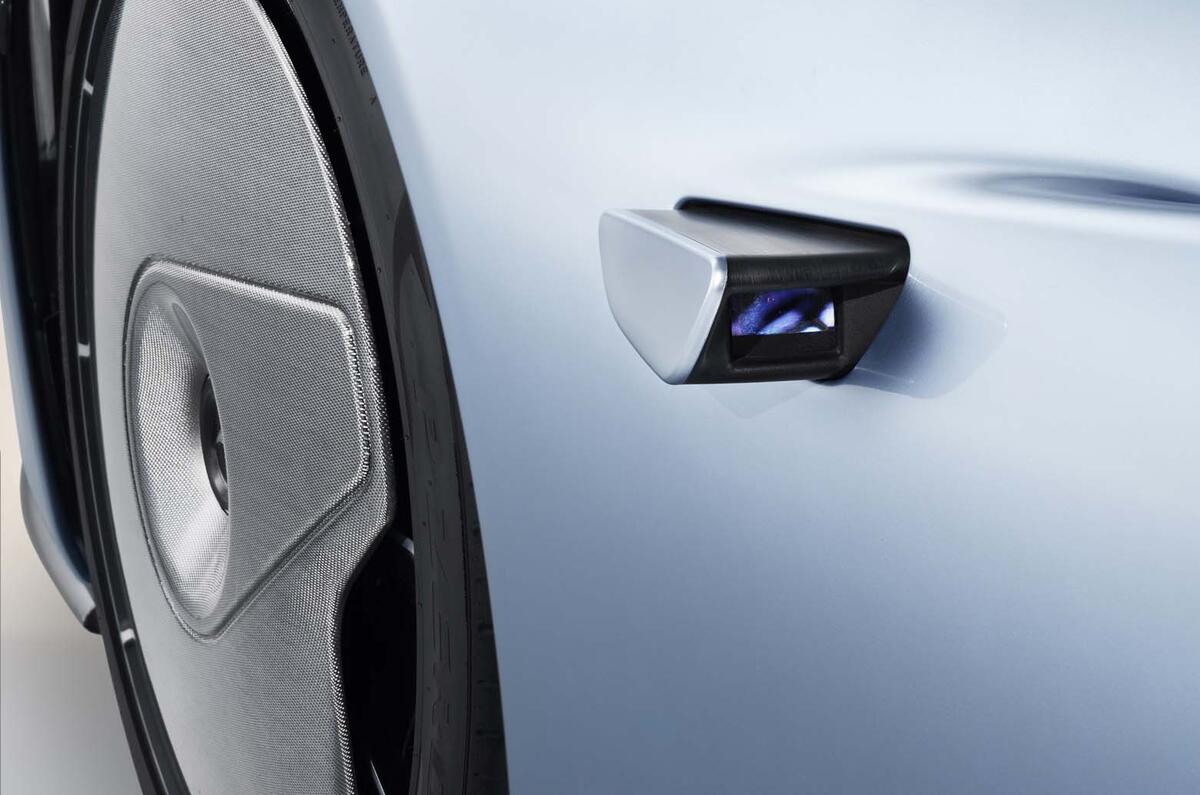
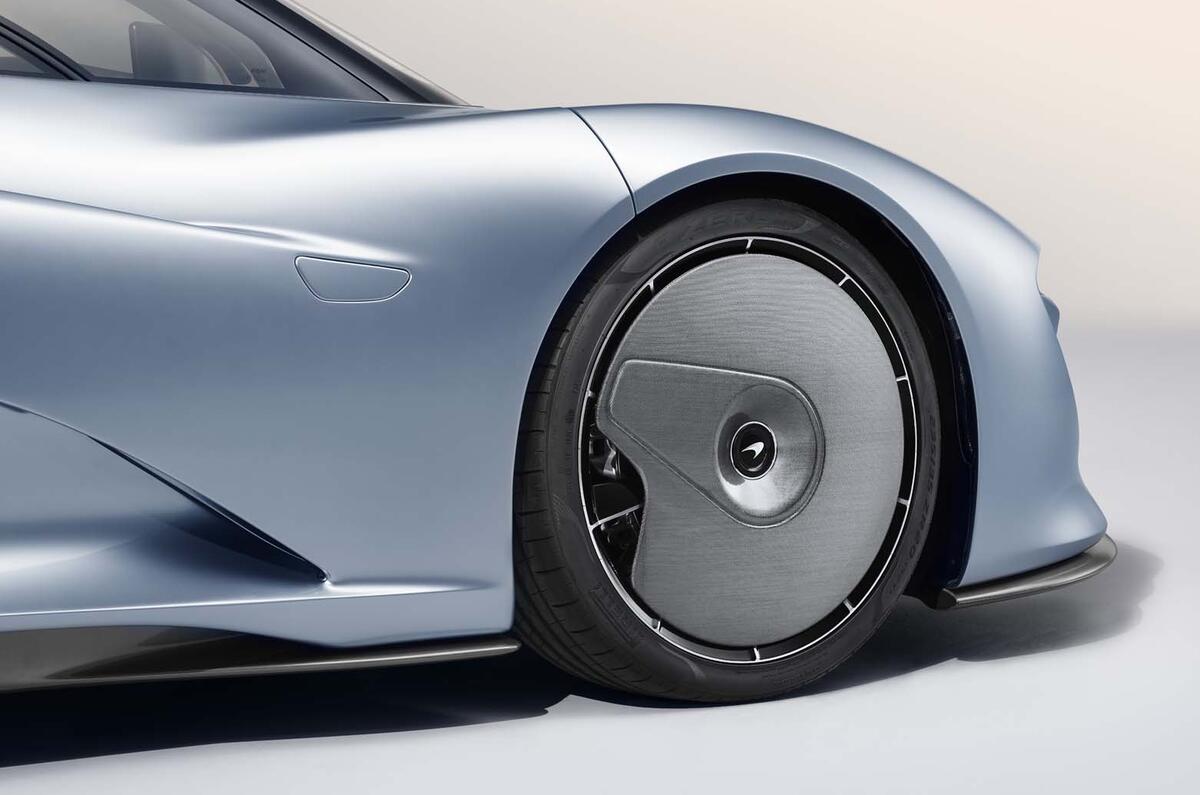
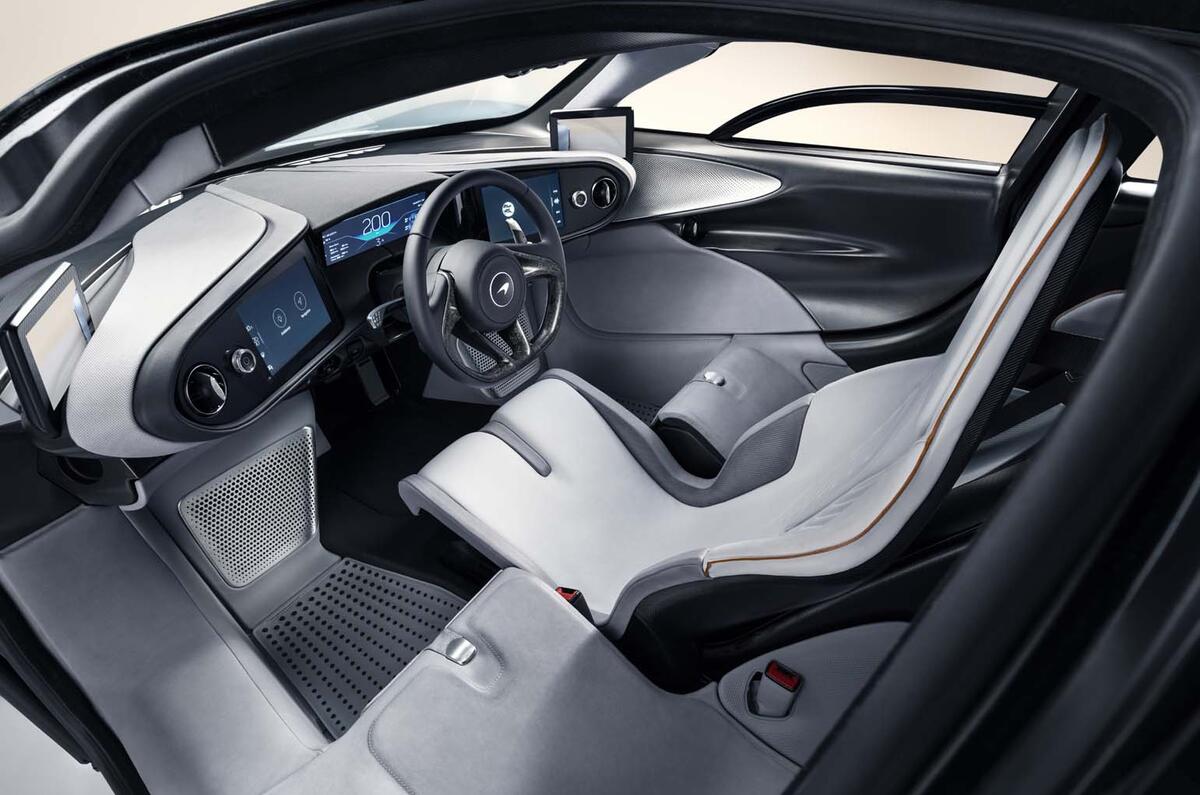
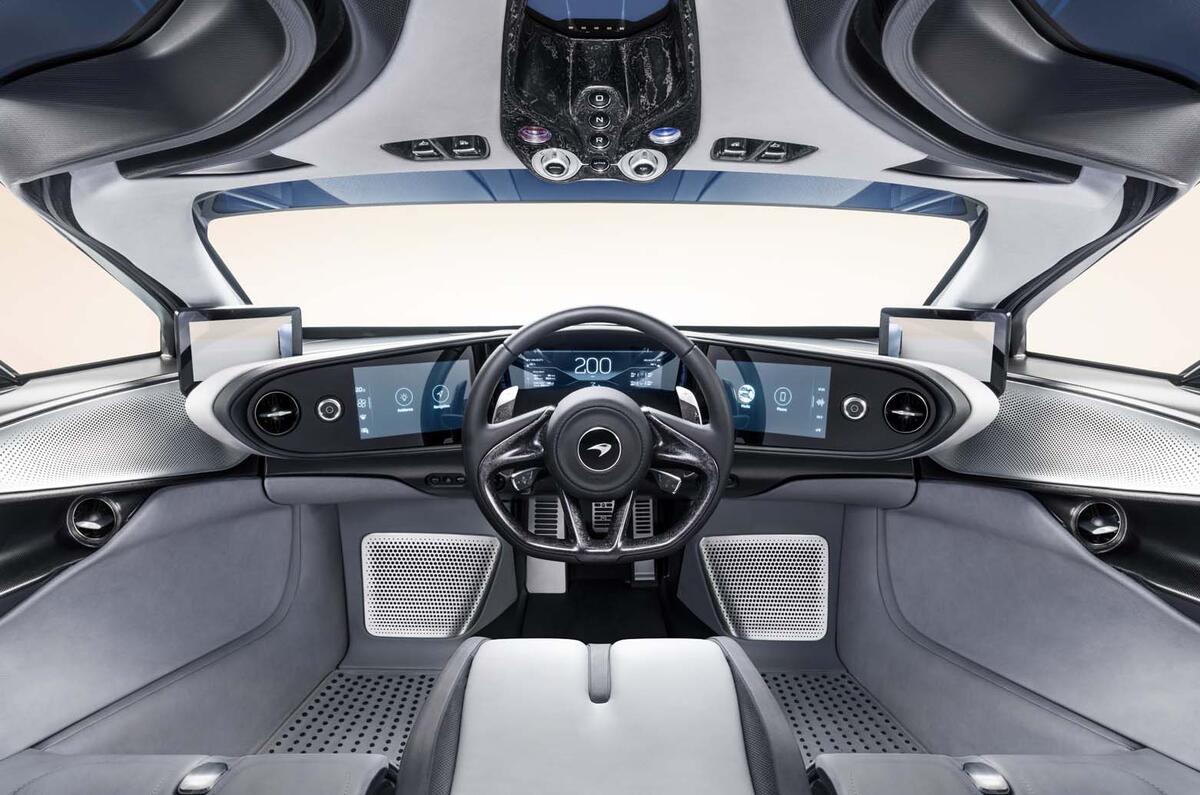
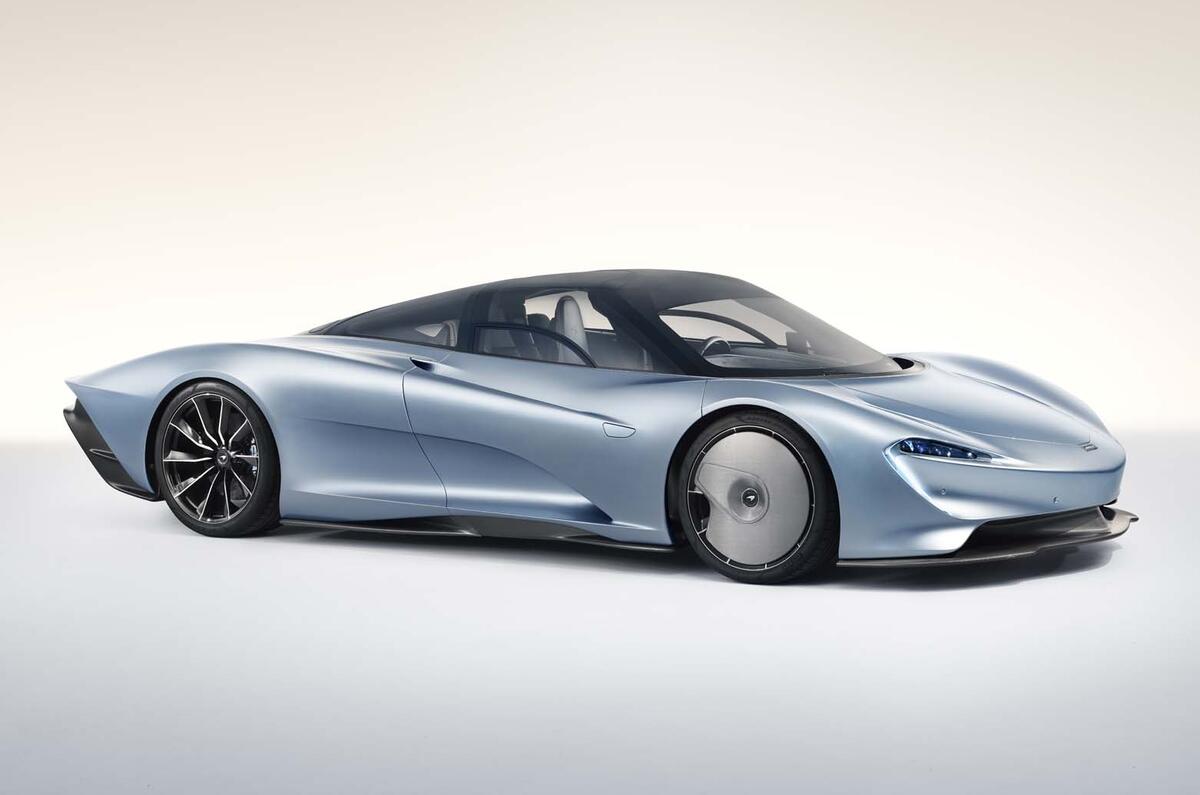
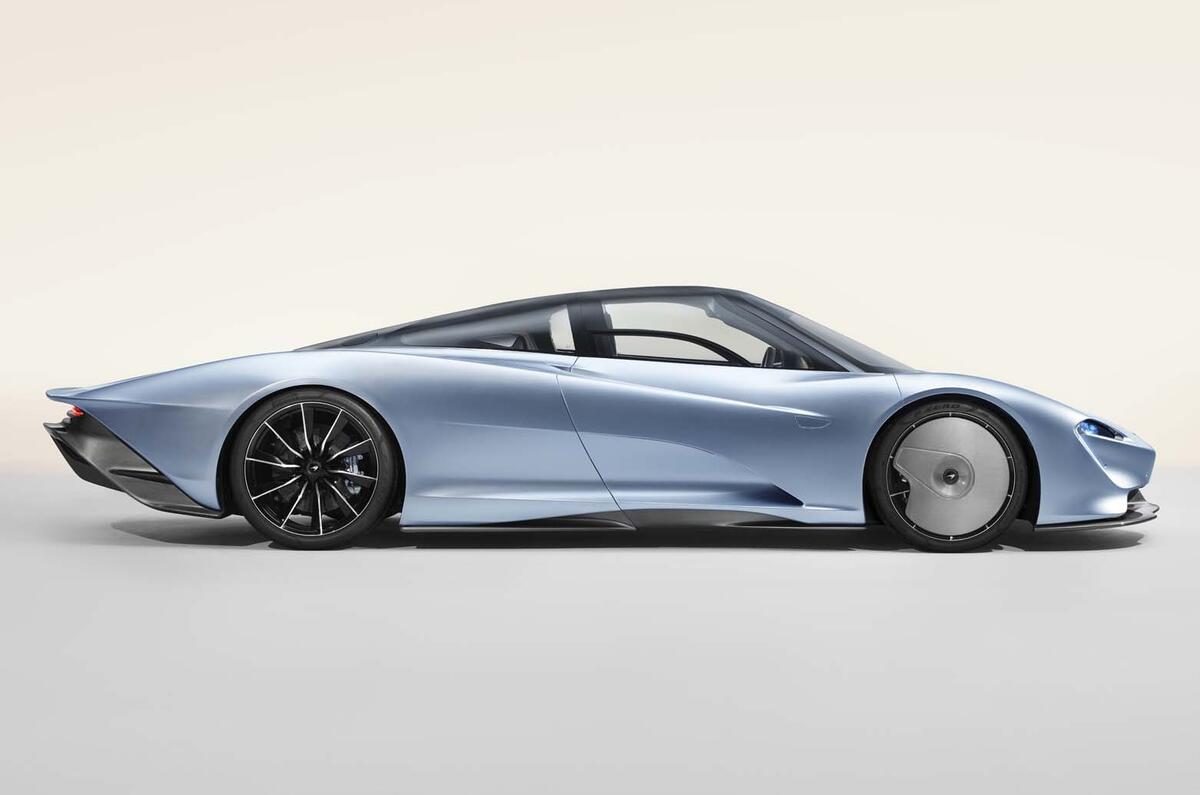

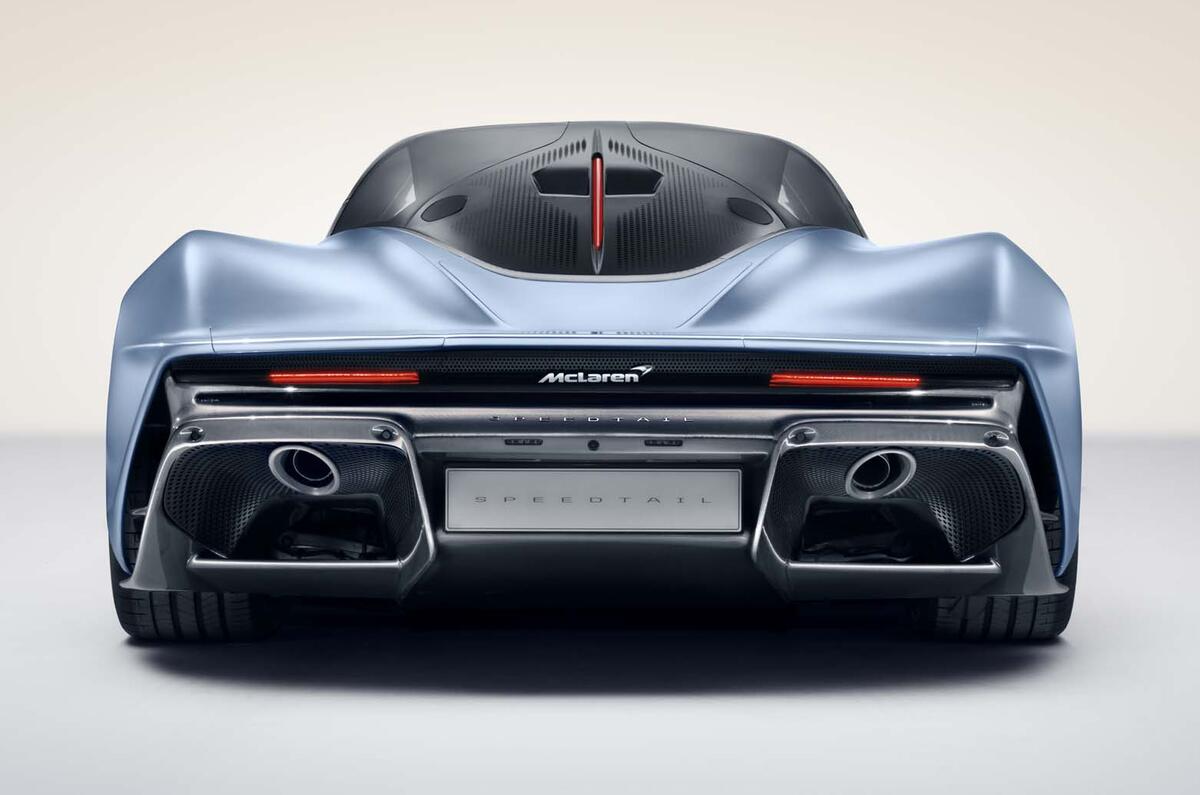
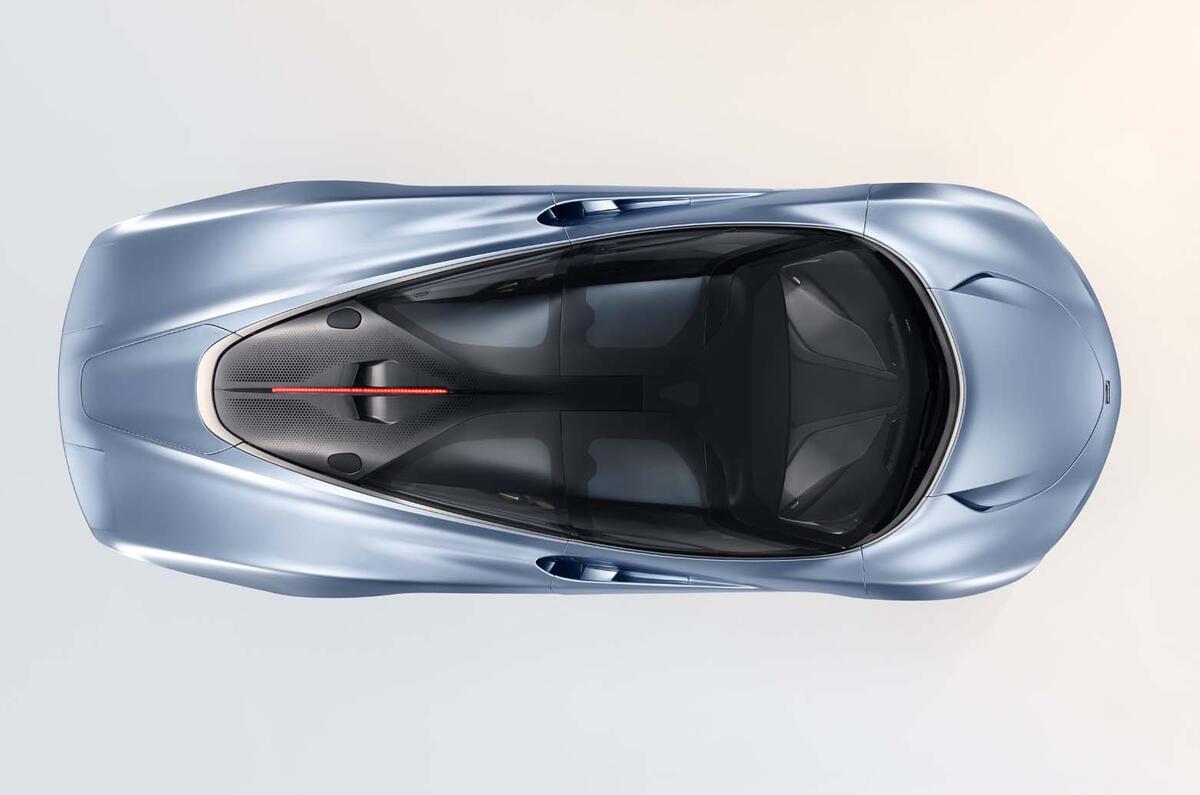
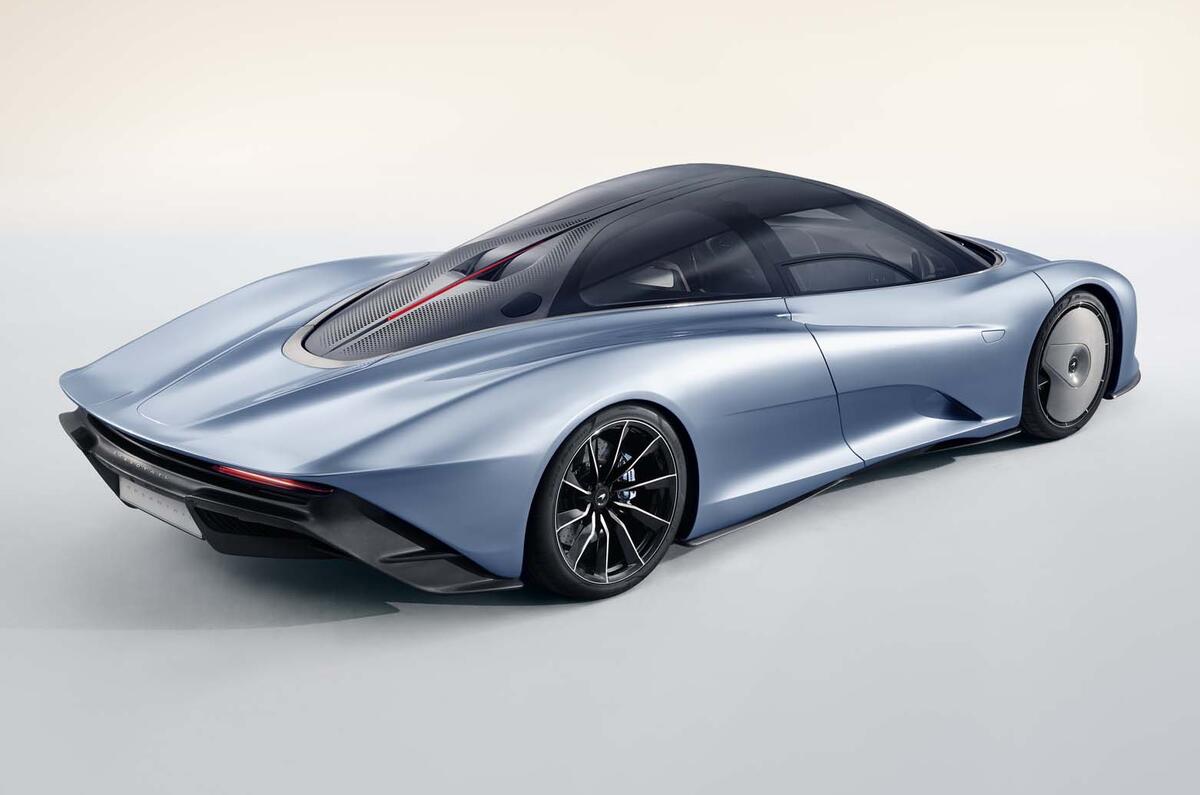





















Join the debate
Add your comment
I'm not sure that opinion is
I'm not sure that opinion is divided on this distubance? Everyone hates it.
Speedfail
It's hideous...and ridiculously big. Thought the key to speed and agility was lightweight and smallness.
Jaguar xj220 clone
..It's no mistake that they even have similar rims with a touch of subaru legacy SVX around the windows. The design looks like a styling failure to me.